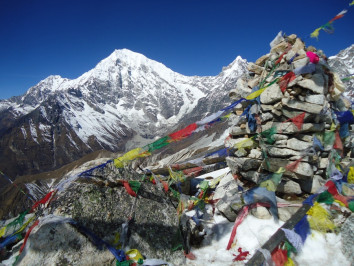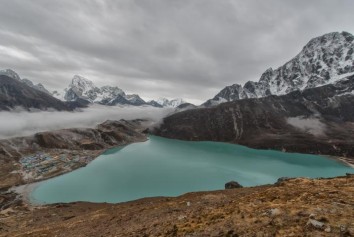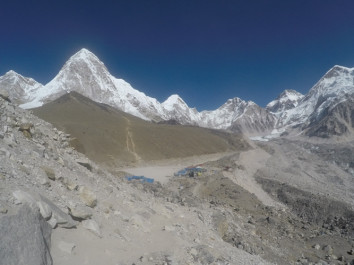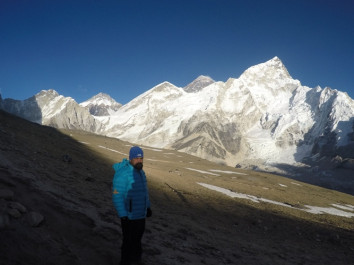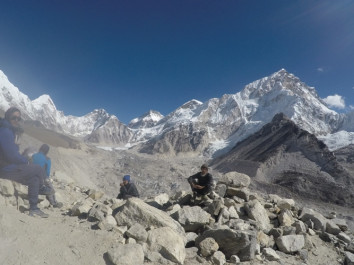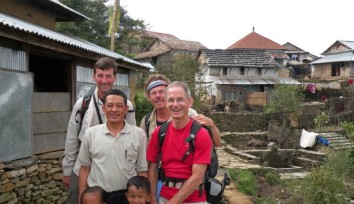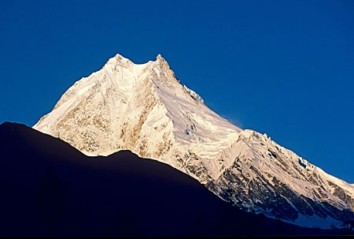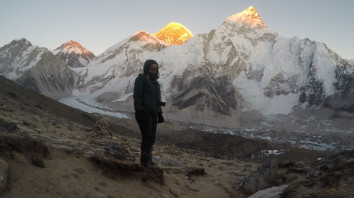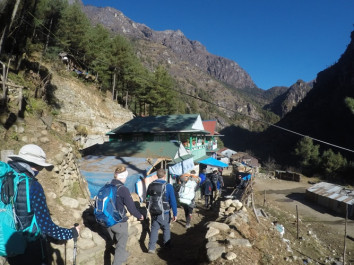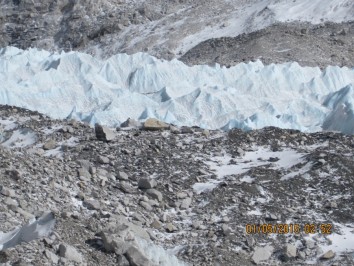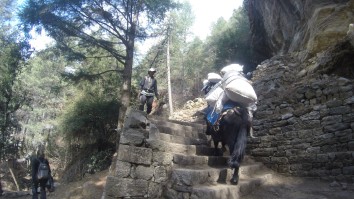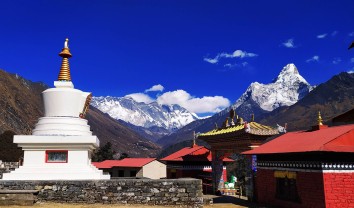Why trekkers ought to be serious about safety and security on treks?
For the past 20 years we are enjoyed through trekking, hiking, climbing and many more adventurous actions in the high altitude Himalayan areas in Nepal. From the opening year we are not only offering such actions for our trekkers but we do pay special attention and make alert on behalf of their safety, preparation and etiquette in the high altitude trekking. We sense emotional to speak out for this that our country is becoming gradually insecure due to unprofessional trekking organization, untrained guide, support staff and carefree trekkers. So please, make welcome with this long post.
Table of Contents
The days are not here when trekking and hiking was taken as expansive homework for a month or two. Either, how people stride long distances with their weighty backpacks in preparation for a trek. Even in the early days of Skyline treks trekkers used to move in pack with the trek leader. At present there is a guide, trek person-in-charge and co-guide with the groups, every one of them will be steering a team of trekkers. In some way trekkers experience this is incredibly acceptable. If truth be told, we often get upset of sudden occurrence from trekkers; because of their urging for more backing staff for trekkers. This is changing about worrying.
This declare that Skyline treks have made things effortless for trekkers. Pile of high altitude trekking perils have extremely lessen. Advanced technology of safety equipment has let down slips and drop to a minimal. Competent trek organizer, backing staff, health checks, preset camps, legion groups and trouble free trails have lifted off safety task from the trekkers. Candidly, it has turn into very easy to accomplish high altitude treks. Trekkers get on the trekking transporter, more rapidly or currently, besides, you quit. This, in brief, is the setback in recent day trekking. Trekking in Nepal has developed a comparatively turn.Few years before what was like an adventure place but nowadays a relaxation place. At the longest of trekkers are carrying out on high altitudes with less and less spadework. An attentive access to high altitude trekking has came to nothing. This simply not drags trekkers at brutal risk, but too the trekking organization.
This is what Skyline treks note:
1. Trekkers travelling without enough facts concerning the trek, the camps, altitudes and distances are walking into very high altitude areas 4000 meters- 4500 meters.
2. Trekkers with marginal information about perils, predominantly altitude sickness, are gladly scaling to the elevation.
3. Due to high BMI ( Body Mass Index) having trekkers in a group , who are overweight have raised in numbers. Almost 20% of trekkers in a group have high BMI.
4. During our trekking with groups we found 2-3 trekkers have high Blood Pressure. The recordings of their BP is a lot more than desirable.
5. Generally, most of the treks in Nepal naturalize 5 hours to end but in recent days take 6-7 hours. An average of 10 KM per day treks is measured long. Trekkers staying power has massively drop.
6. Trekkers who are time-consuming are now really slow ,habitually an hour or two behind the group. They control most of the personal effects. So that someone has to stay with them. Often they are in poor health, so the trek leader has to walk hand in hand.
7. In a group, some are enduring by evident altitude sickness that needs rapid action. In a pick trekking season Skyline treks redeem 5-6 evacuations that could went badly wrong if not for well-timed steps taken. A lot of evacuation is accomplished by Skyline treks for other trekking organisations too.
8. Trekkers arrive deficient arrangement with their trekking gear. Wrong shoes, not enough warm clothes. At the very last moment they are running around trekking precinct collecting their things. Some trekkers state they have not read emails,mail to them by Skyline treks.
9. Those trekkers who are practiced plan the minimal for a trek. They implement their prior skill of “conquering” a trek to judge their fitness. They place an incorrect pattern, which initiates a procession of not ready trekkers.
So what are the risks?
In spite of, the soothing company of Skyline treks, the risk of high altitude trekking does not get off.
1. The trekkers who are out of shape likely to have heart attacks. Trek to high altitudes denotes that trekkers have to mount constantly for long. This raises your blood pressure and your heart beats. Either, you are not ready for the trek then the hassle on your heart is a lot more , likely, several intensity get higher. The heart can fall down and you can pass away. Age has not anything to do with it.
2. Altitude sickness may occur on any trek, even on our moderate treks. On every trek we have stirred trekkers. Strangely, almost 40 % of our stirred trekkers are overweight. It is not easy to evacuate an unfit trekkers. Evacuating an overweight trekker is worryingly hard. crucial moment is missing. This could be stern.
3. Treatment to altitude sickness can be done. alas, trekkers who are not prepared they do not know what medications to accept when there is an urgent situation. We have often noticed such cases with trekkers and they usually don’t know they have impact on. rejection, under treatment might outcome in deaths on the trek.
4. As an organisational aspect, at the longest supplies are now being make available by untrained trekkers. This has develop into a brutal series. As more services are granted, the larger and the numerous of not adequately prepared trekkers. This puts a massive wound on the trekking organization. The Increasing of staff count up does not increase safety and security of the trekkers.
What trekkers don’t appreciate is that in spite of the kindly company of Skyline treks, the peril of high altitude trekking does not go away. Growing number of trekkers are coming into worryingly secure to being rushed a
Recent Posts
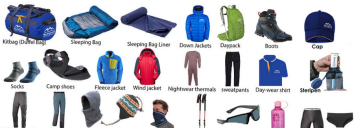
20th Oct, 2022
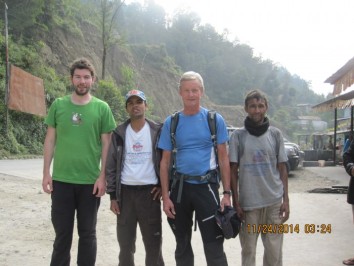
20th Oct, 2022
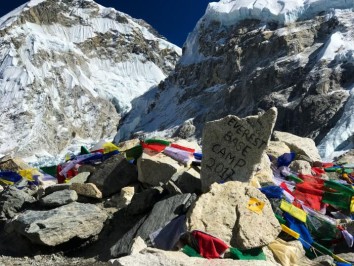
20th Sep, 2020
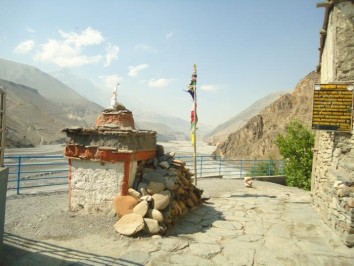
1st Sep, 2020

13th Nov, 2022

13th Nov, 2022
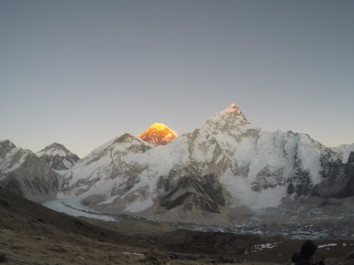
12th Sep, 2017
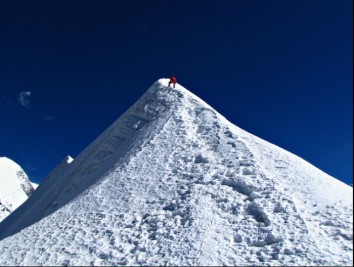
23rd Sep, 2015
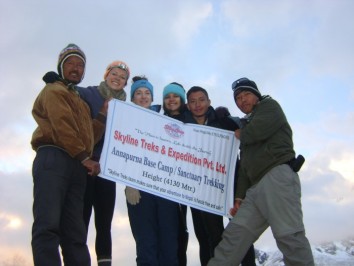
14th Aug, 2016
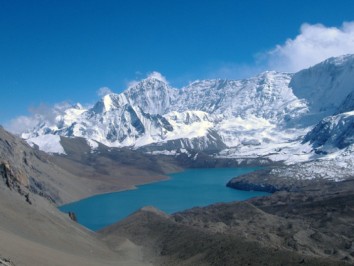
12th Aug, 2016
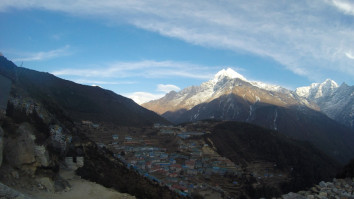
5th Apr, 2017
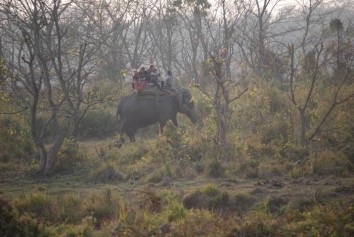
15th Jan, 2017
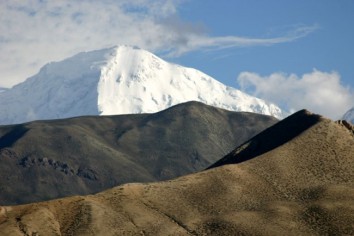
9th Jun, 2016
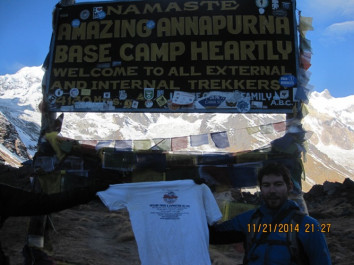
6th Jun, 2017
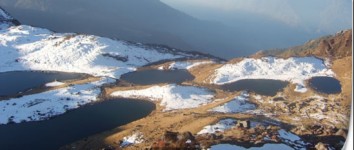
14th Sep, 2015
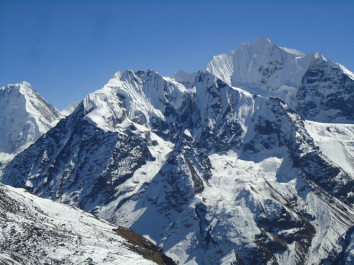
11th Aug, 2016
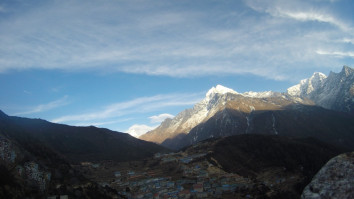
10th Apr, 2017
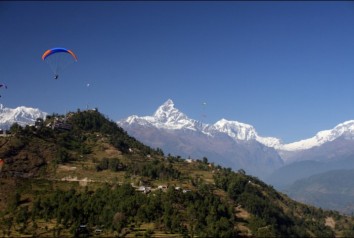
4th Oct, 2015
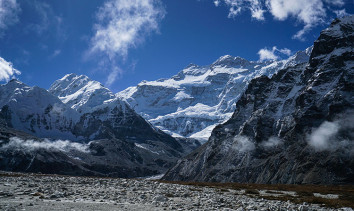
1st Oct, 2015
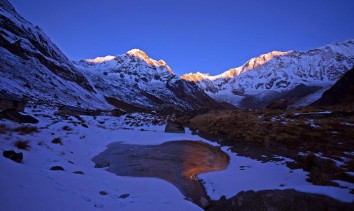
15th Jan, 2018

4th Sep, 2017
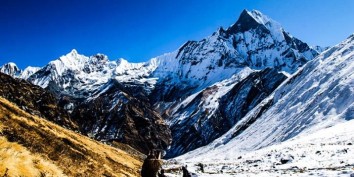
16th Jun, 2017
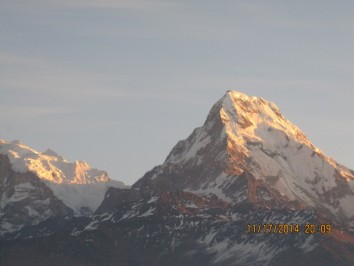
2nd Dec, 2017
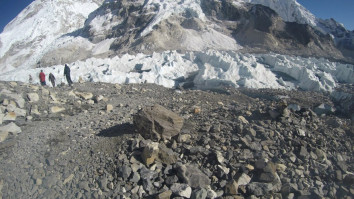
12th Oct, 2015
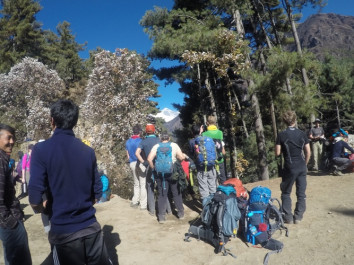
30th Jun, 2016
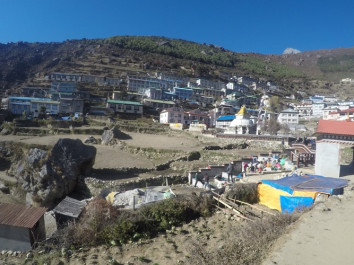
13th Apr, 2017
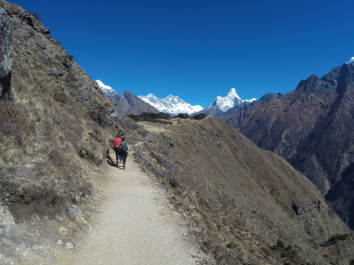
7th Jun, 2016
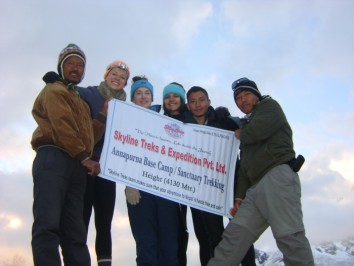
22nd Aug, 2017
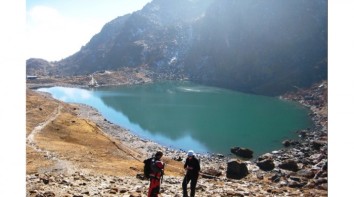
10th Sep, 2015
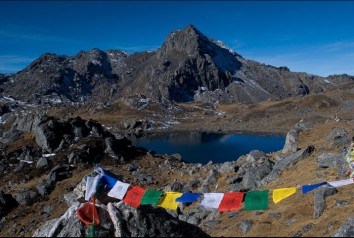
28th Aug, 2015
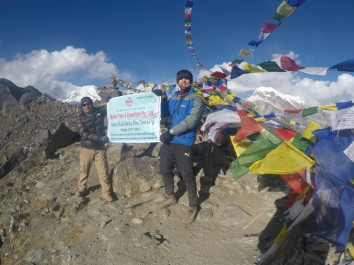
4th Jul, 2016
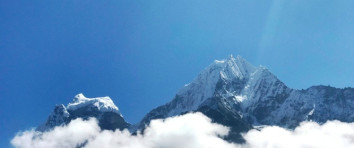
7th Oct, 2015
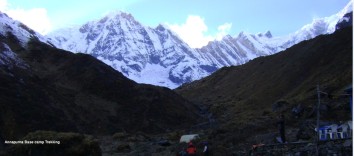
6th Dec, 2017
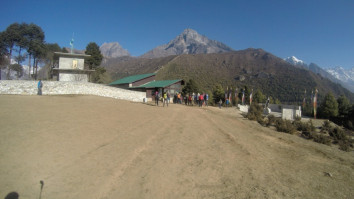
10th Jun, 2016
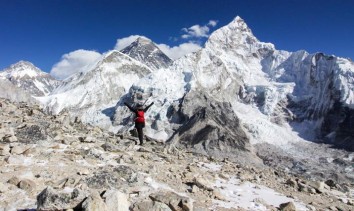
8th Jan, 2018
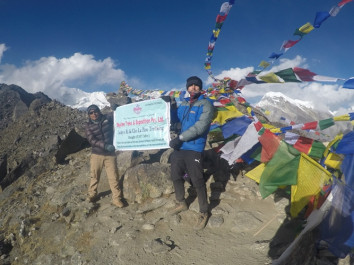
8th Jun, 2016
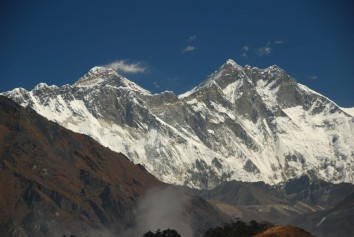
31st Aug, 2017
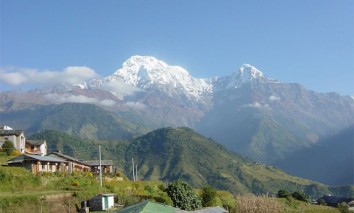
19th Sep, 2017
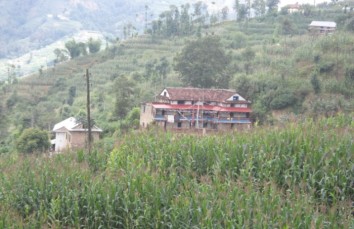
18th Aug, 2015
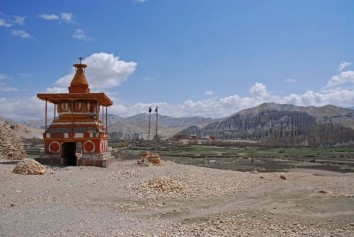
7th Aug, 2018
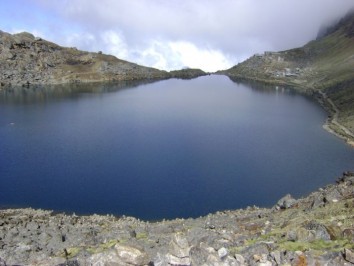
12th Sep, 2017

6th Mar, 2020
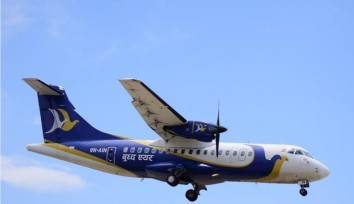
19th Sep, 2017
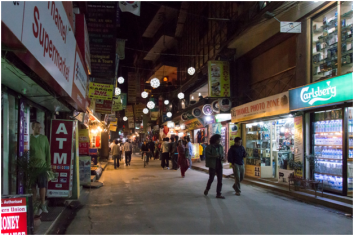
16th Feb, 2020

13th Dec, 2017

17th Jun, 2016
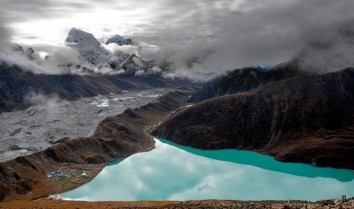
8th Dec, 2017
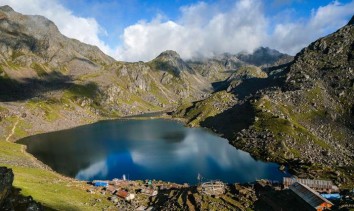
28th Jun, 2017
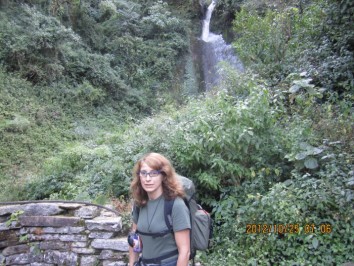
14th Oct, 2015
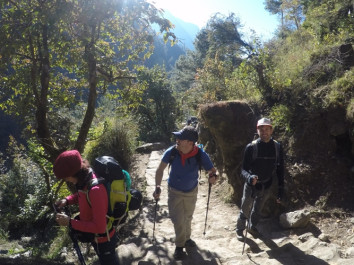
11th Jul, 2016
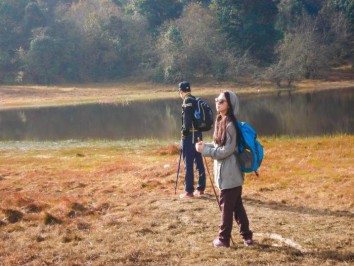
21st Jun, 2017
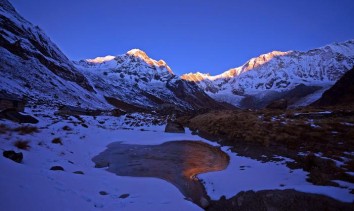
11th Jul, 2020
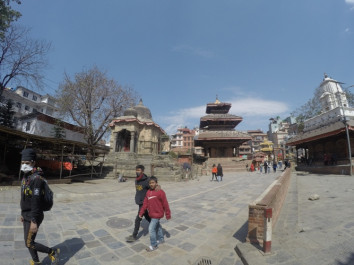
16th Aug, 2015
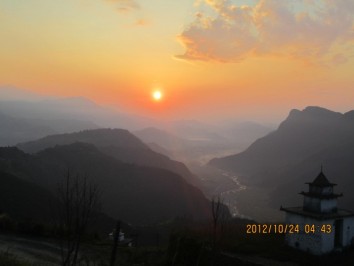
21st Sep, 2015
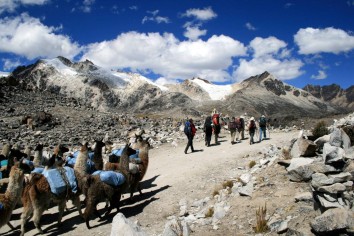
5th Mar, 2020
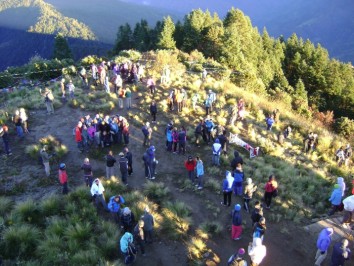
12th Jun, 2017
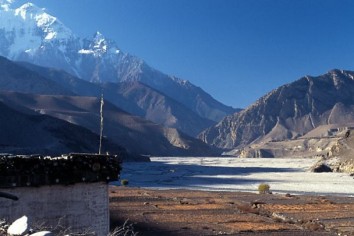
3rd Aug, 2018
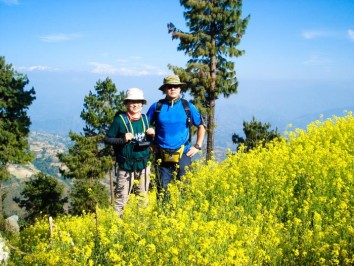
3rd Sep, 2015
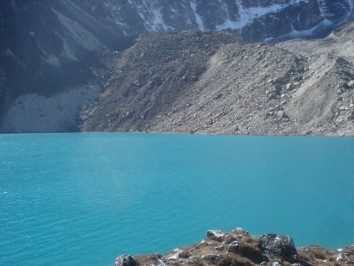
25th Jun, 2017
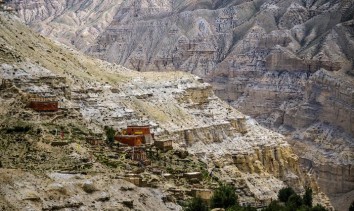
2nd Sep, 2020
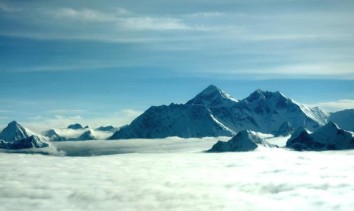
3rd Jul, 2016
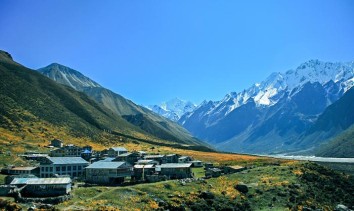
24th Jun, 2016
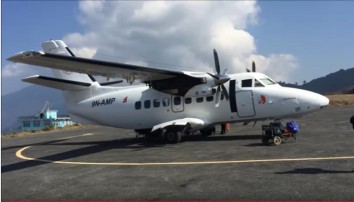
11th Aug, 2017
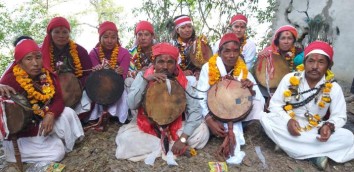
12th Jun, 2016
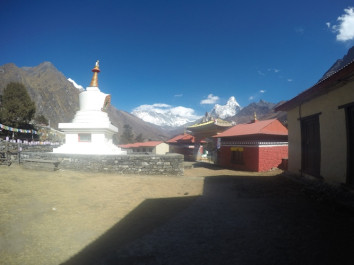
11th Sep, 2015
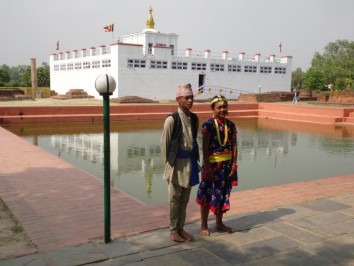
6th Aug, 2017
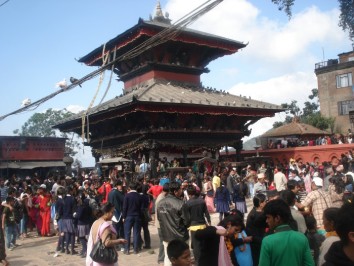
3rd Aug, 2017
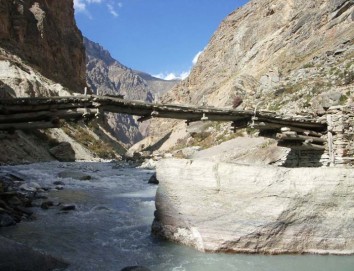
26th Jun, 2016
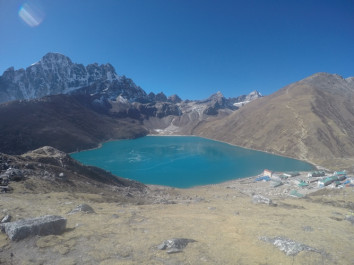
6th Jun, 2016
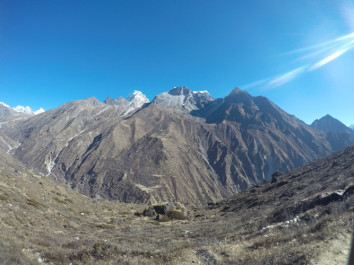
30th Aug, 2015
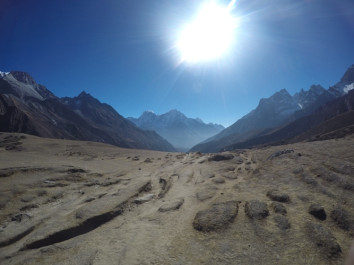
7th Sep, 2015
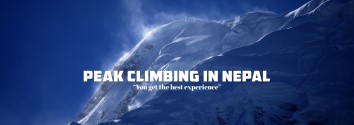
26th Aug, 2015
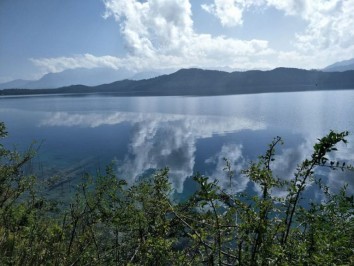
5th Sep, 2015
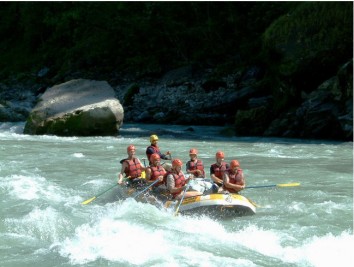
16th Sep, 2015
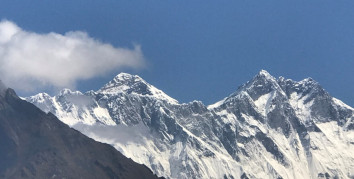
20th Sep, 2015
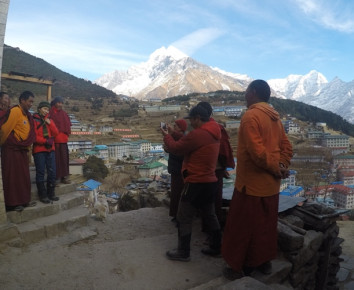
16th Jun, 2016
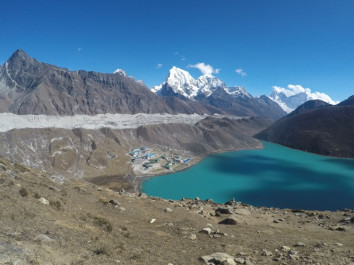
15th Dec, 2016
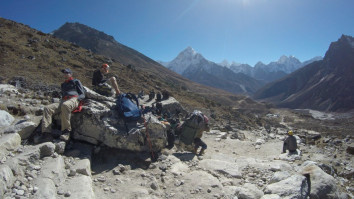
6th Jul, 2016
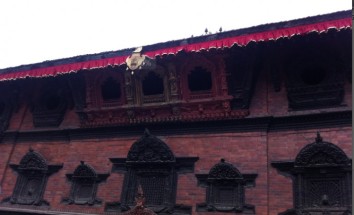
22nd Mar, 2020
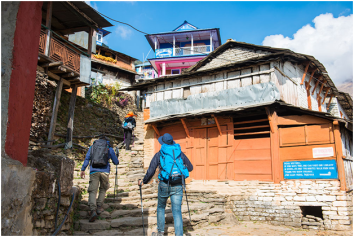
10th Mar, 2020
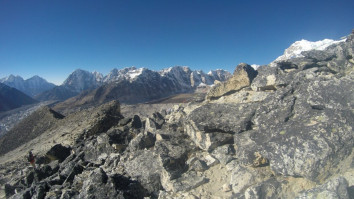
5th Aug, 2016
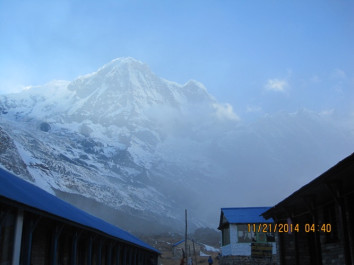
23rd Sep, 2016
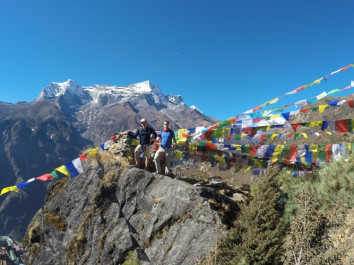
1st Sep, 2015
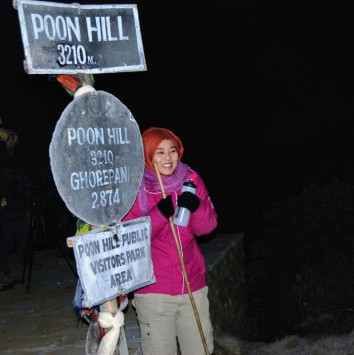
13th Dec, 2017
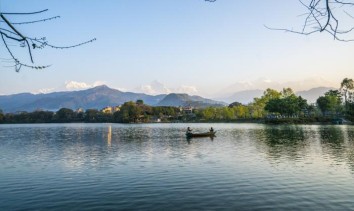
20th Jul, 2017
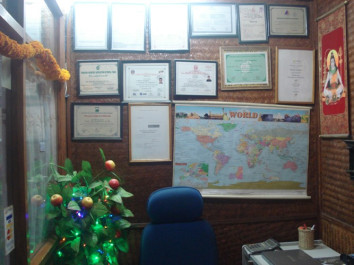
12th Aug, 2015
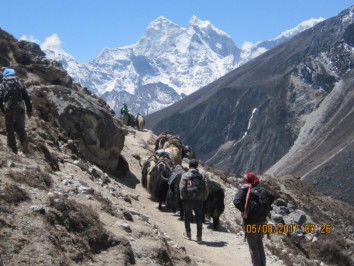
17th Nov, 2017
24th Aug, 2015
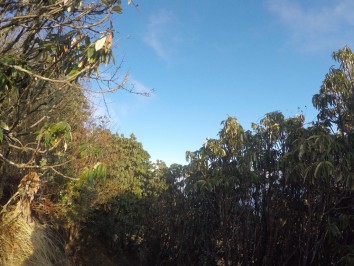
18th Sep, 2017
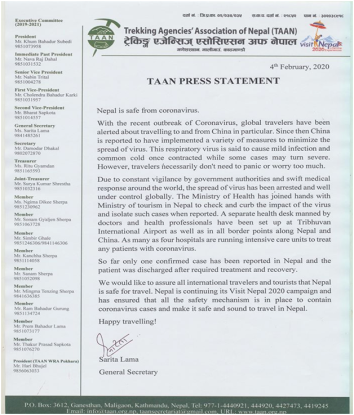
23rd Feb, 2020
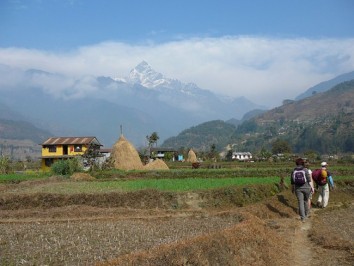
14th Jun, 2017
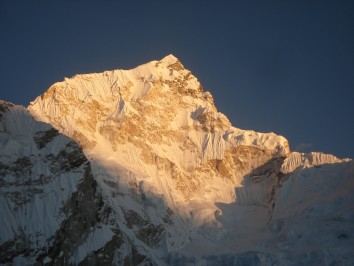
26th Jun, 2017
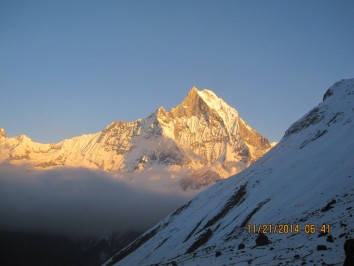
19th Aug, 2015
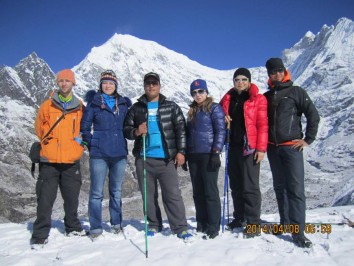
7th Apr, 2017
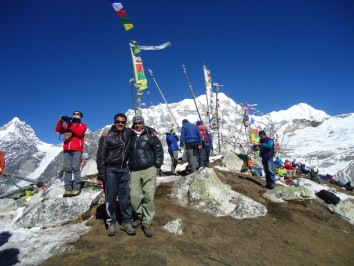
1st Jul, 2016
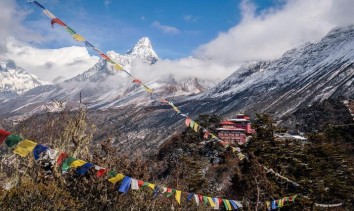
20th Sep, 2016

5th Jul, 2016
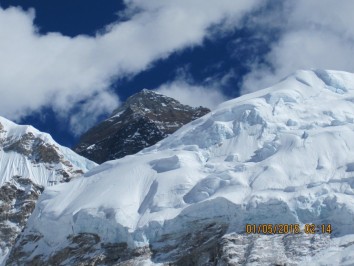
10th Jul, 2016
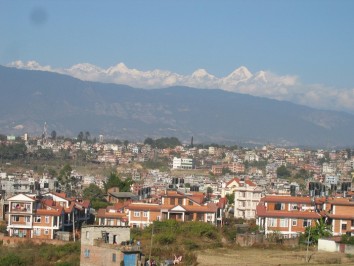
12th Mar, 2020
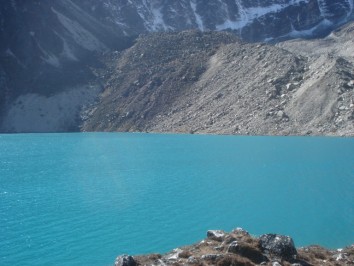
30th Jun, 2017
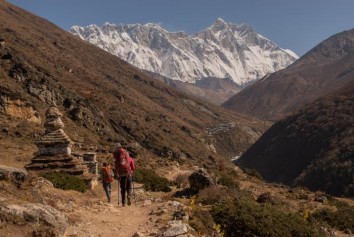
30th Aug, 2018

23rd Jul, 2017
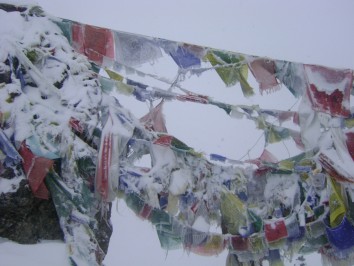
12th Jan, 2017
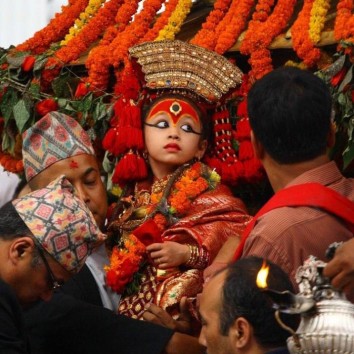
23rd Jul, 2017
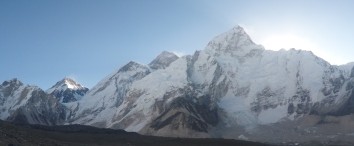
11th Aug, 2017
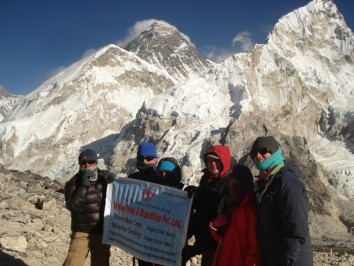
2nd Jul, 2017
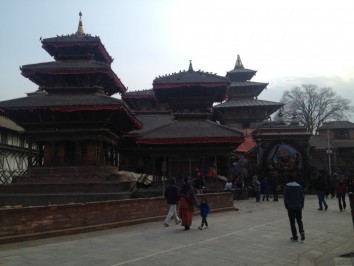
4th Sep, 2018
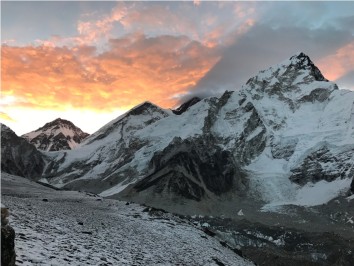
11th Aug, 2017
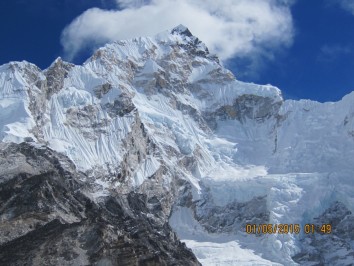
27th Jun, 2016
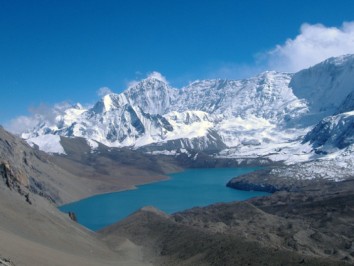
2nd Apr, 2017
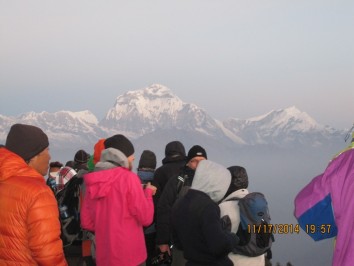
28th Jun, 2016
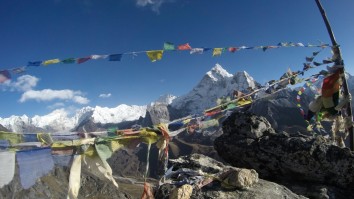
23rd Jun, 2016
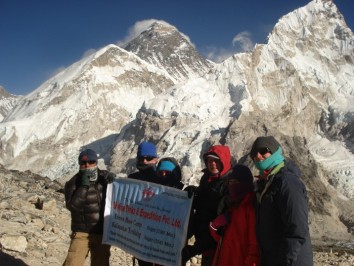
21st Sep, 2018
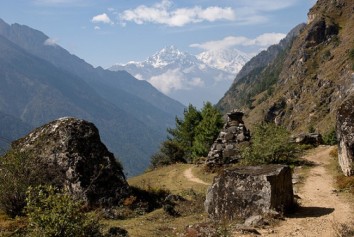
25th Sep, 2015

15th Sep, 2017
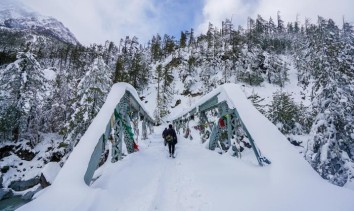
21st Jun, 2016
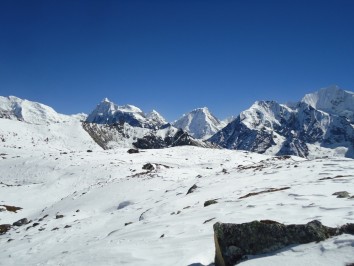
21st Aug, 2015
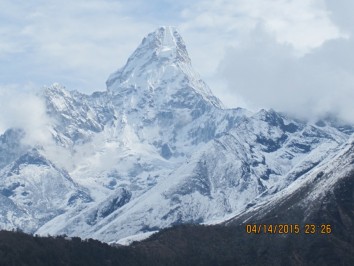
8th Jul, 2016
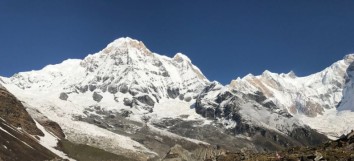
1st Jan, 2018

28th Sep, 2015
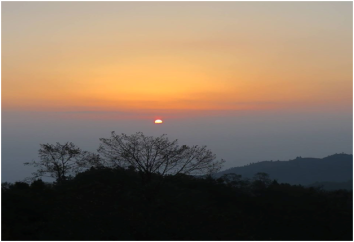
5th Mar, 2020
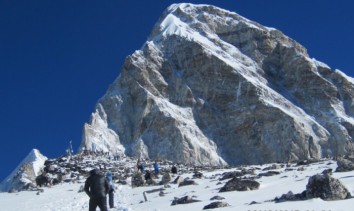
12th Sep, 2017
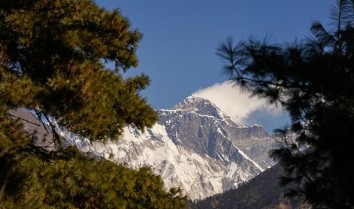
12th Sep, 2020

22nd Aug, 2017
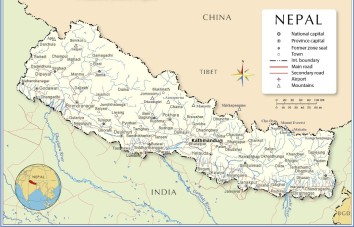
18th Aug, 2017
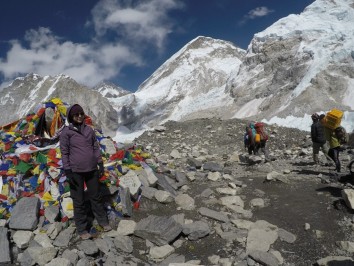
27th Sep, 2016
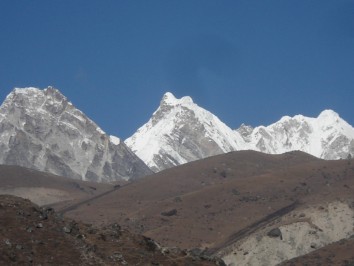
13th Jan, 2016
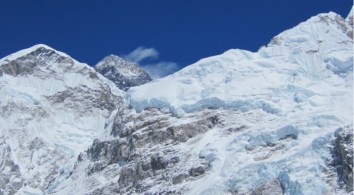
18th Aug, 2017

23rd Feb, 2020

6th May, 2018

31st Aug, 2017
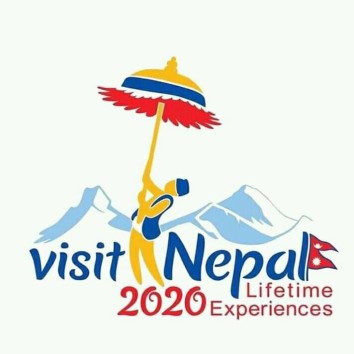
17th Feb, 2020
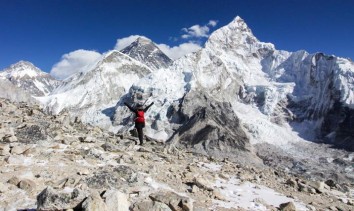
23rd Oct, 2017
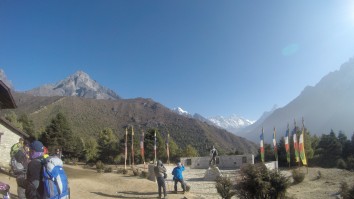
2nd Jul, 2016

9th Aug, 2016
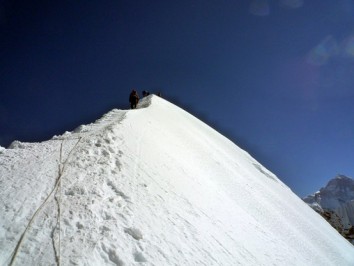
23rd Nov, 2022
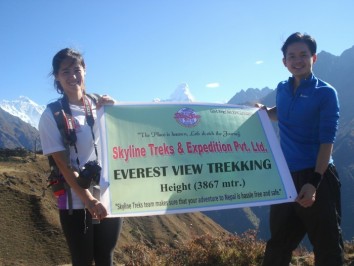
23rd Nov, 2022
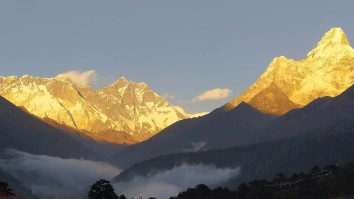
18th Dec, 2022
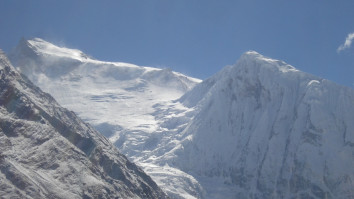
11th Mar, 2023
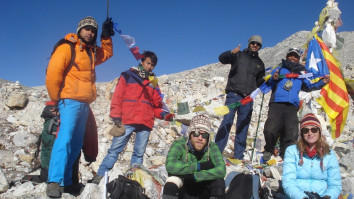
11th Mar, 2023
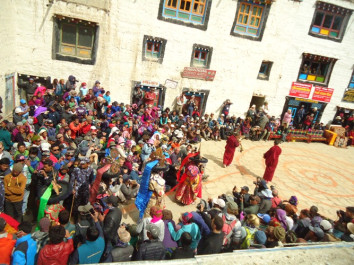
13th Mar, 2023
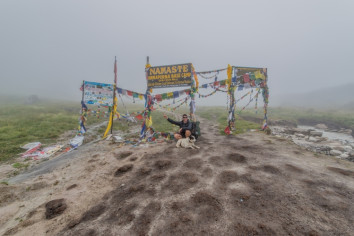
14th Mar, 2023
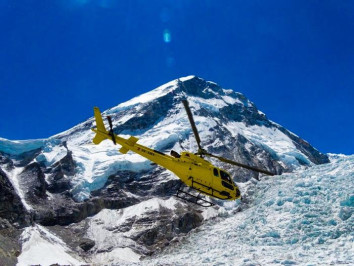
15th Mar, 2023
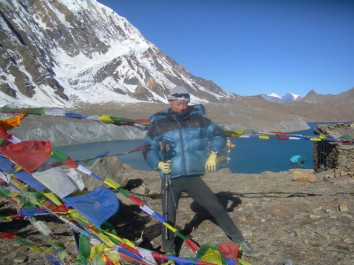
16th Mar, 2023
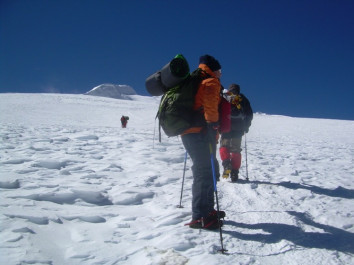
17th Mar, 2023
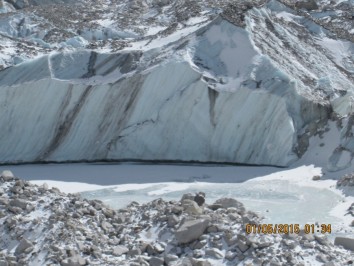
18th Mar, 2023
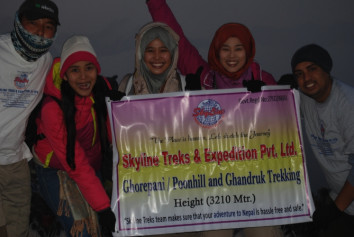
19th Mar, 2023
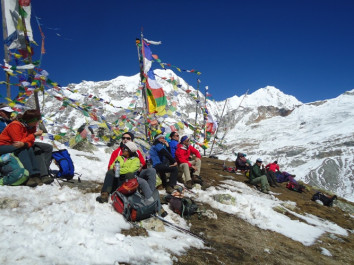
20th Mar, 2023
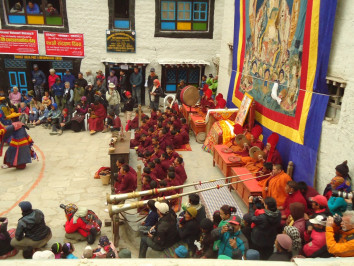
23rd Mar, 2023
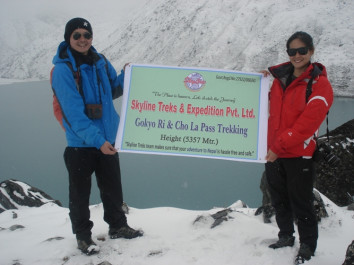
26th Mar, 2023
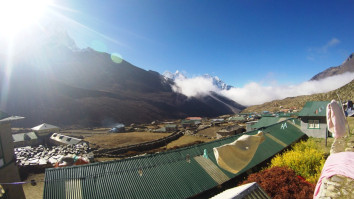
3rd Apr, 2023
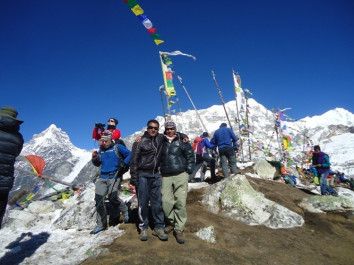
11th Apr, 2023
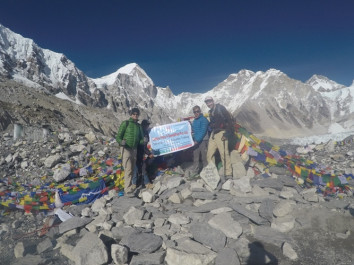
11th May, 2023
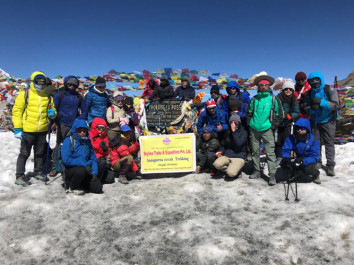
27th May, 2023
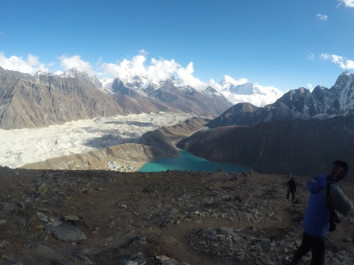
30th May, 2023
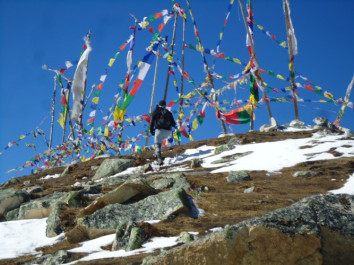
1st Jun, 2023
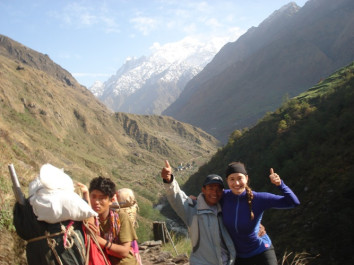
3rd Jun, 2023
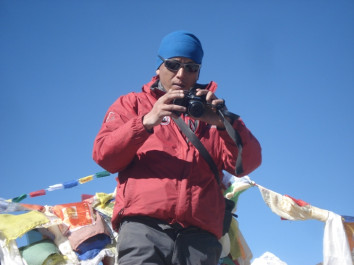
4th Jun, 2023
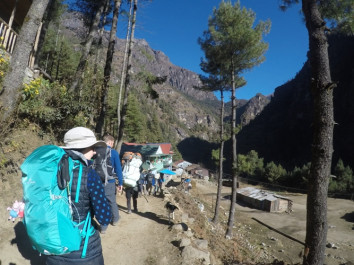
6th Jun, 2023
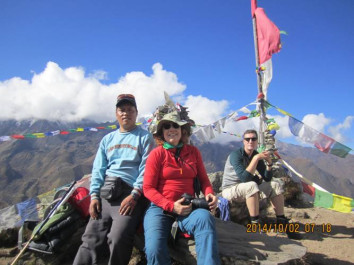
14th Jun, 2023
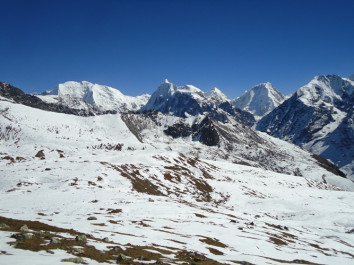
16th Jun, 2023
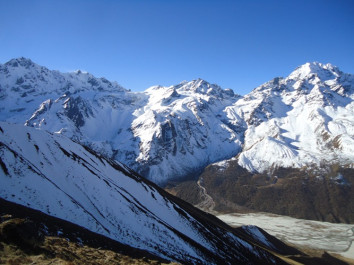
18th Jun, 2023
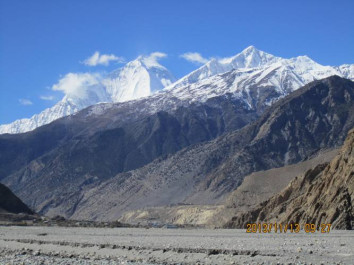
24th Jun, 2023
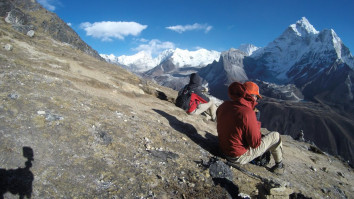
29th Jun, 2023
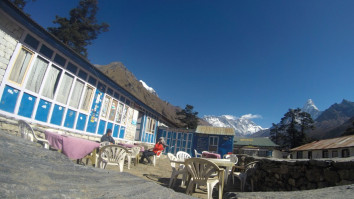
2nd Jul, 2023
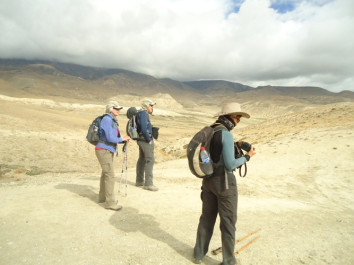
4th Jul, 2023
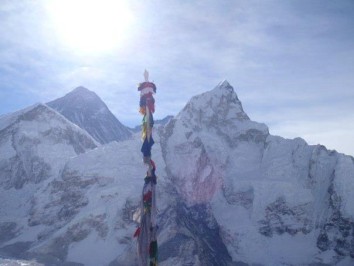
8th Jul, 2023
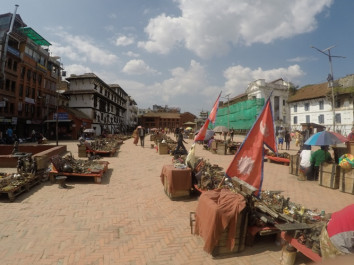
25th Jul, 2023
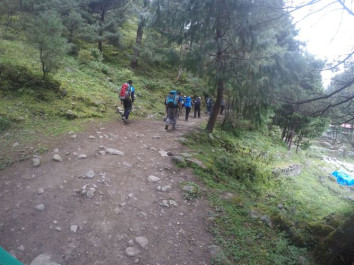
5th Aug, 2023
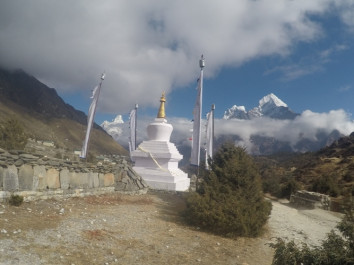
6th Aug, 2023
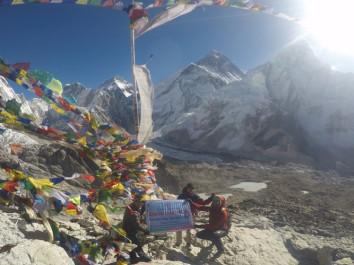
7th Aug, 2023
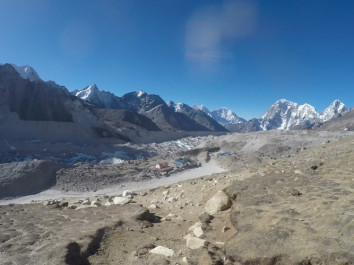
10th Aug, 2023
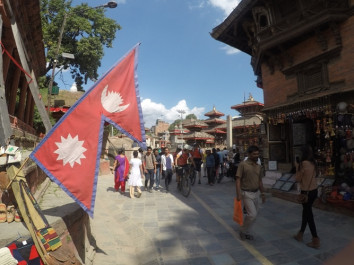
11th Aug, 2023
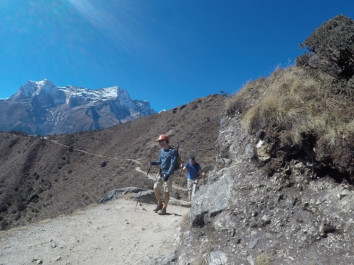
12th Aug, 2023
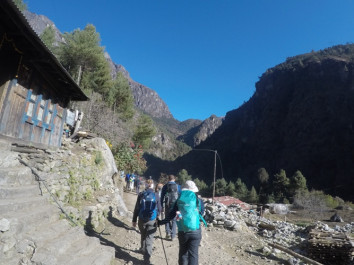
13th Aug, 2023
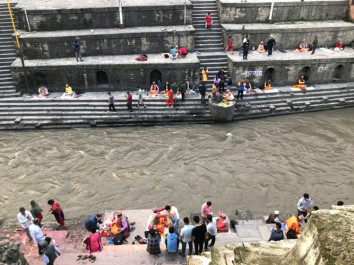
22nd Aug, 2023
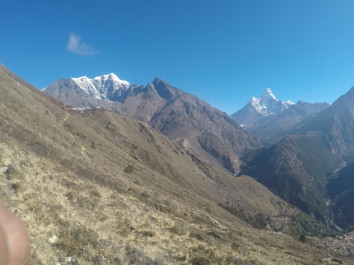
23rd Aug, 2023

24th Aug, 2023
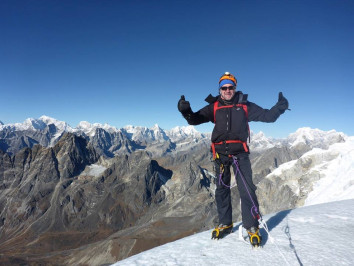
26th Aug, 2023
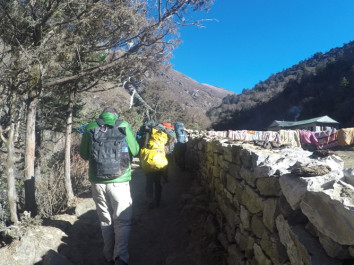
27th Aug, 2023
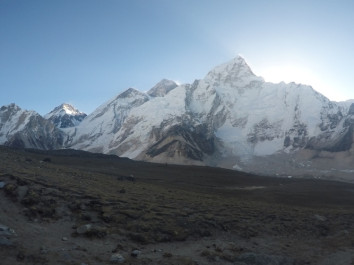
31st Aug, 2023
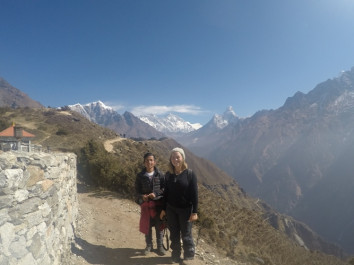
3rd Sep, 2023
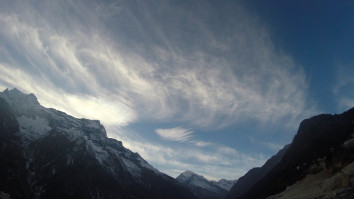
8th Sep, 2023
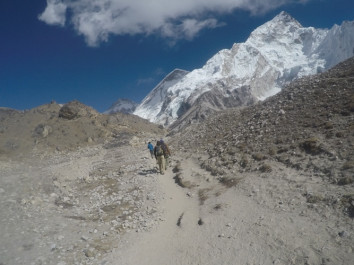
12th Sep, 2023
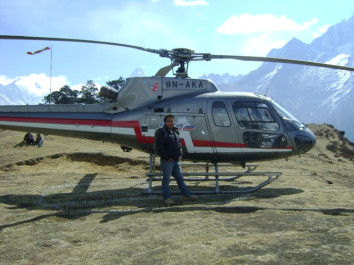
20th Sep, 2023
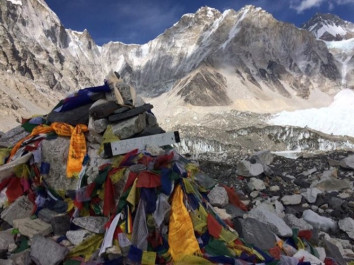
21st Sep, 2023
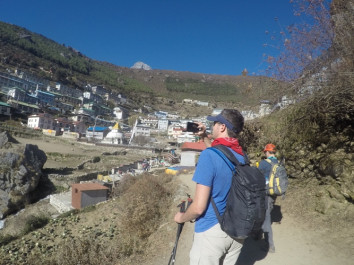
22nd Sep, 2023
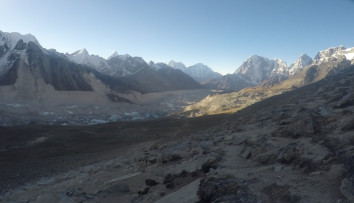
23rd Sep, 2023
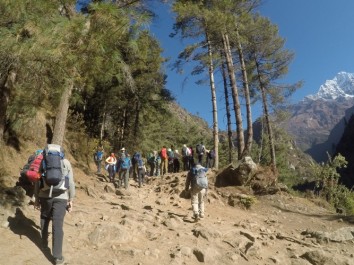
30th Sep, 2023
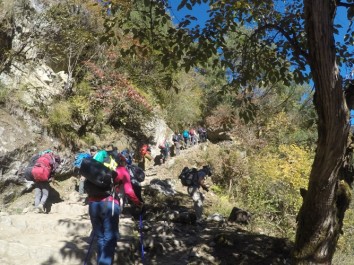
1st Oct, 2023
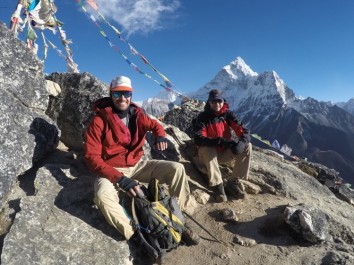
2nd Oct, 2023
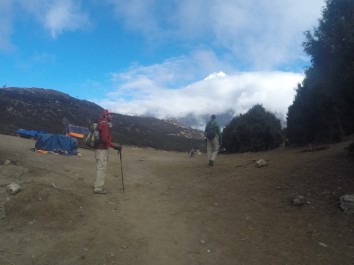
6th Oct, 2023
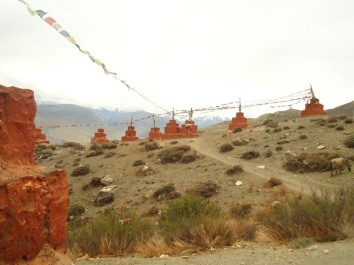
10th Oct, 2023
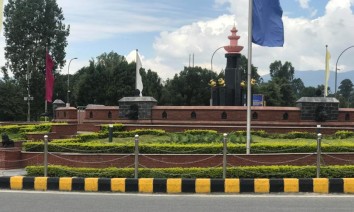
11th Oct, 2023
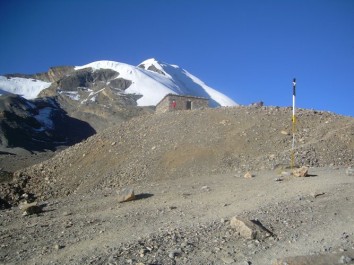
15th Oct, 2023
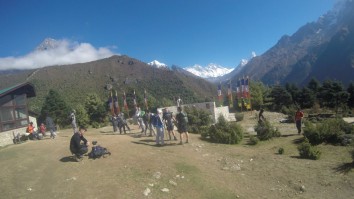
16th Oct, 2023
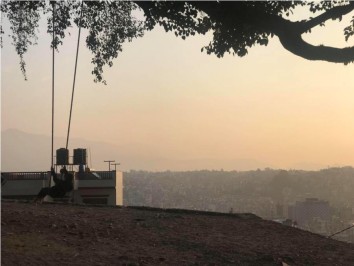
17th Oct, 2023
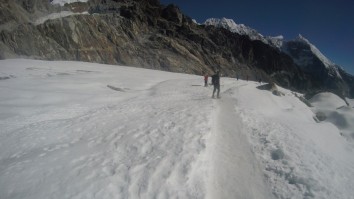
18th Oct, 2023
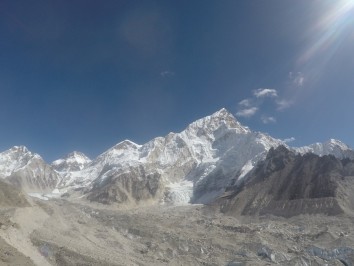
21st Oct, 2023
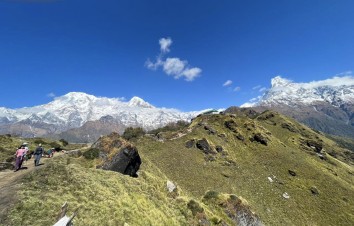
28th Oct, 2023
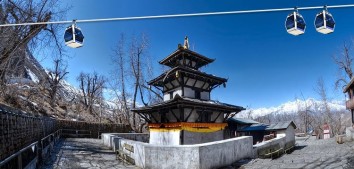
30th Oct, 2023
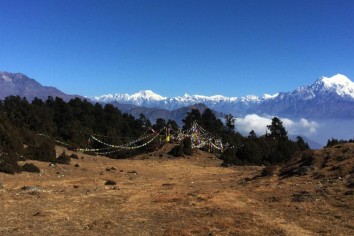
1st Nov, 2023
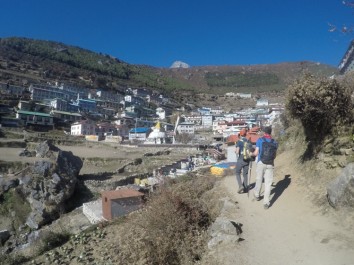
3rd Nov, 2023
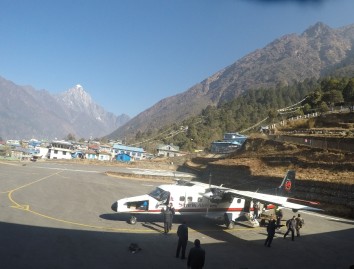
10th Nov, 2023
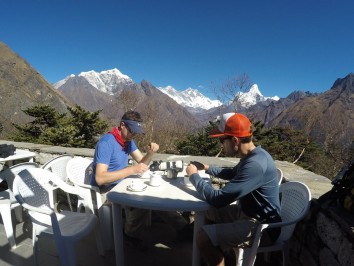
12th Nov, 2023
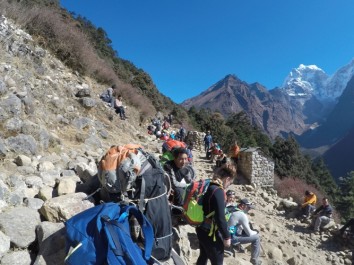
27th Nov, 2023
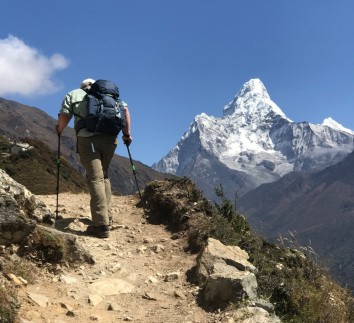
30th Nov, 2023
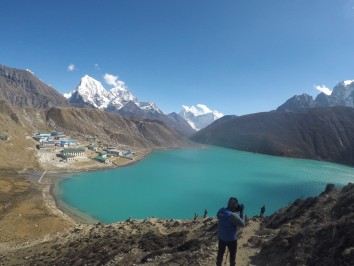
6th Dec, 2023
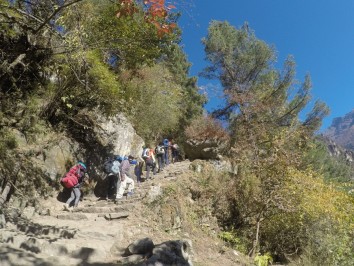
7th Dec, 2023
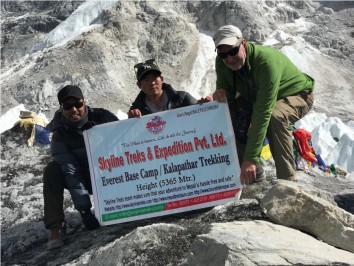
8th Dec, 2023
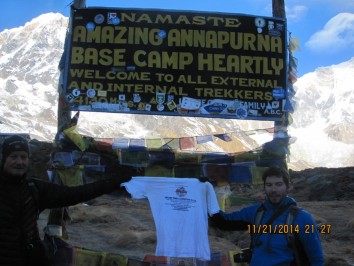
9th Dec, 2023
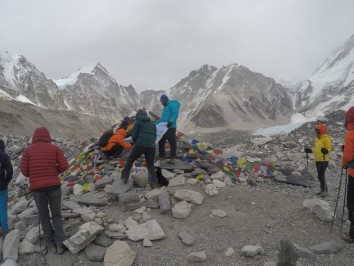
10th Dec, 2023
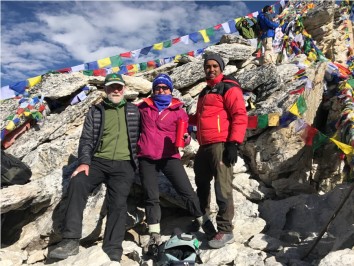
13th Dec, 2023
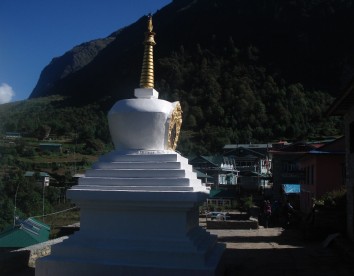
15th Dec, 2023
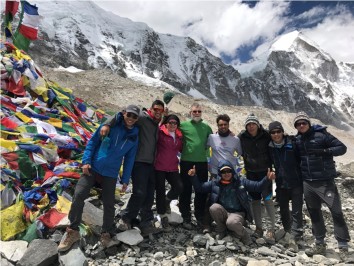
25th Dec, 2023
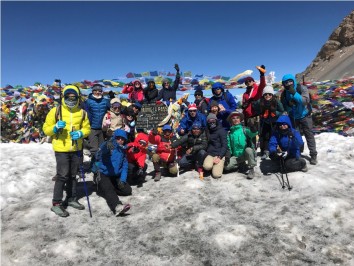
7th Jan, 2024
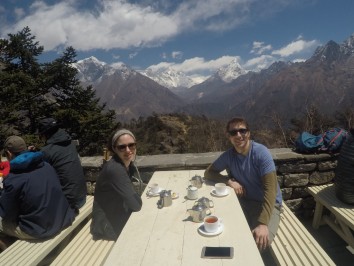
17th Jan, 2024
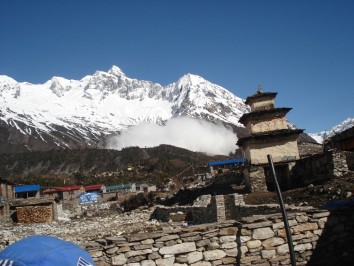
1st Feb, 2024
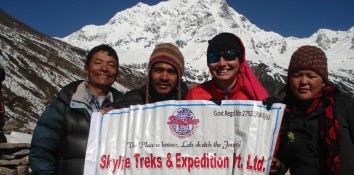
4th Feb, 2024
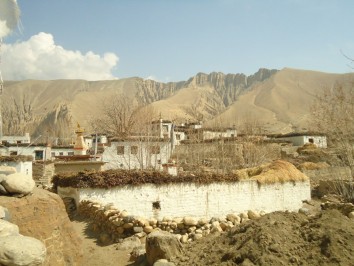
12th Feb, 2024
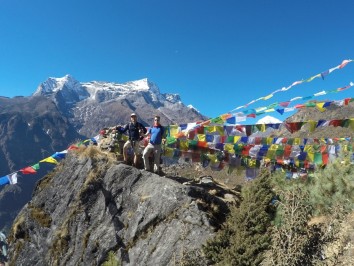
17th Feb, 2024
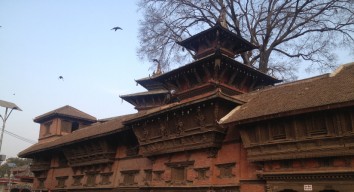
22nd Feb, 2024
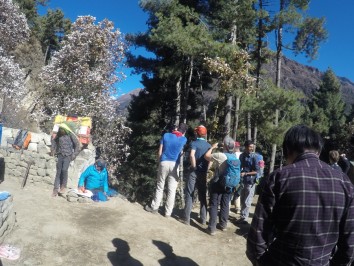
7th Mar, 2024
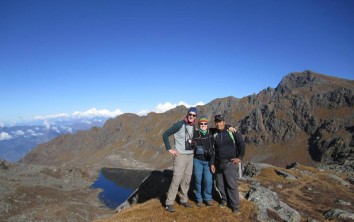
10th Mar, 2024
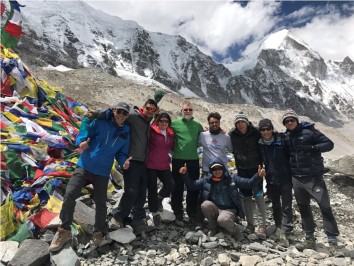
30th Mar, 2024
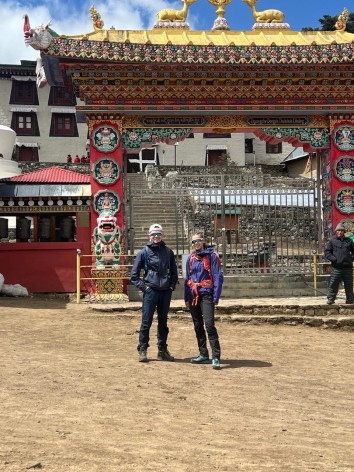
3rd Apr, 2024
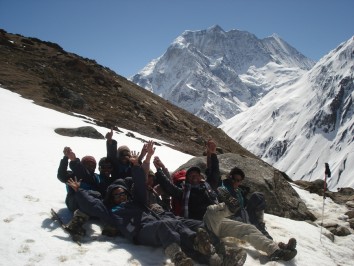
6th Apr, 2024
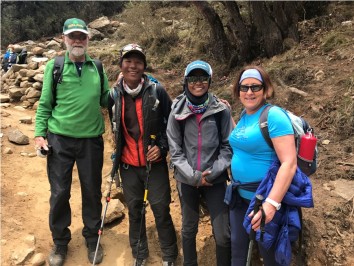
10th Apr, 2024
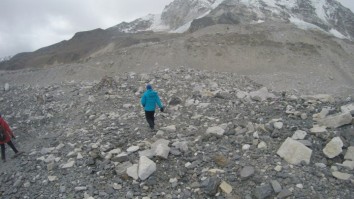
1st May, 2024
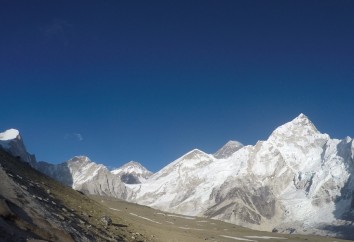
4th May, 2024
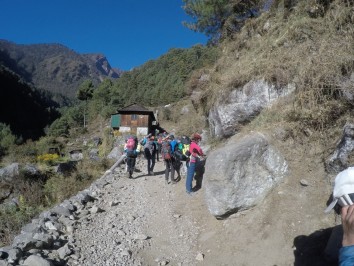
5th May, 2024
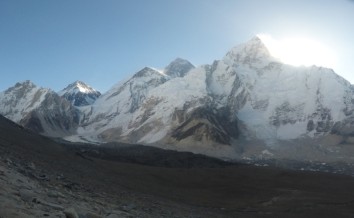
7th May, 2024
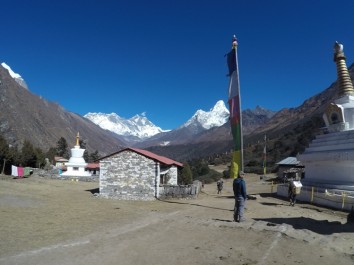
10th May, 2024
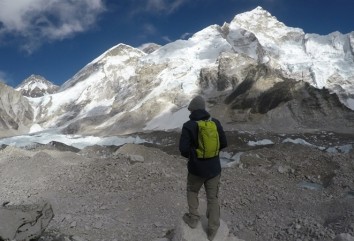
15th May, 2024
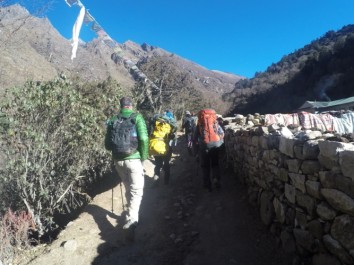
26th May, 2024
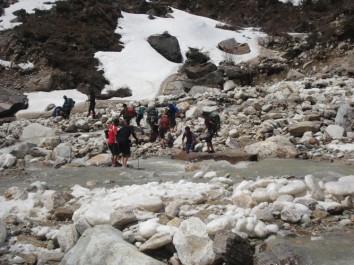
2nd Jun, 2024
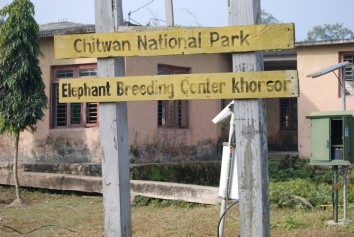
22nd Jun, 2024
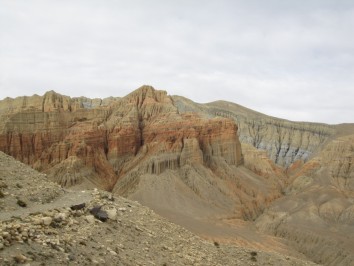
2nd Jul, 2024
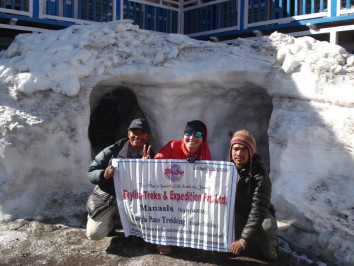
3rd Jul, 2024
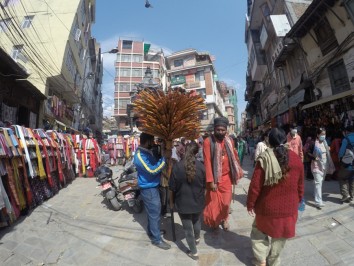
6th Jul, 2024
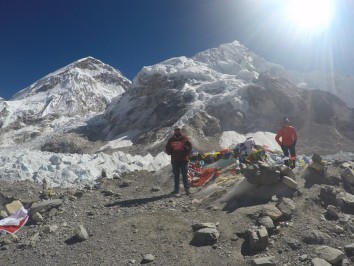
7th Jul, 2024
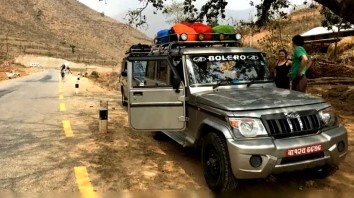
19th Jul, 2024
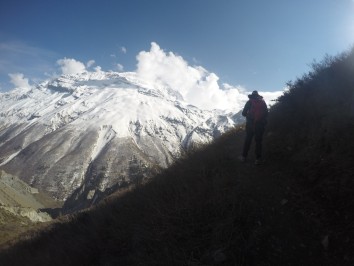
23rd Jul, 2024

28th Jul, 2024
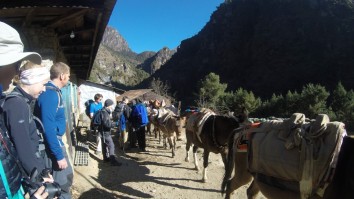
31st Jul, 2024
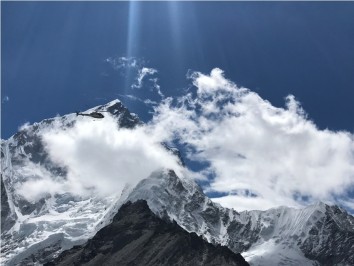
23rd Aug, 2024
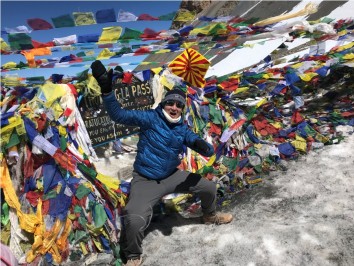
19th Oct, 2024

21st Oct, 2024
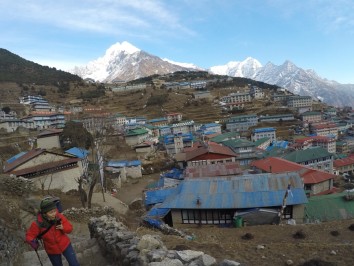
23rd Jan, 2025
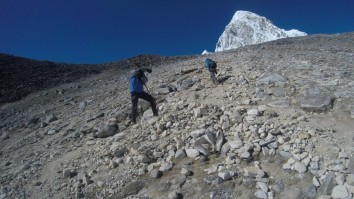
8th Feb, 2025
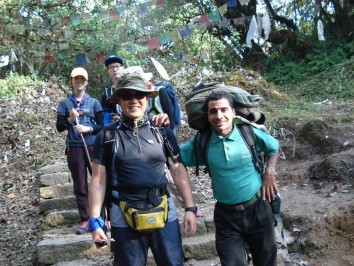
9th Mar, 2025
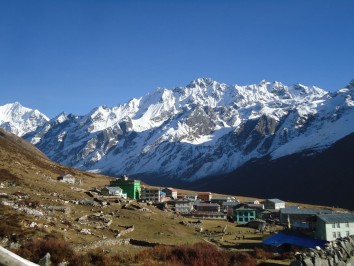
15th Mar, 2025
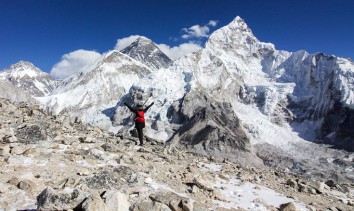
17th Mar, 2025
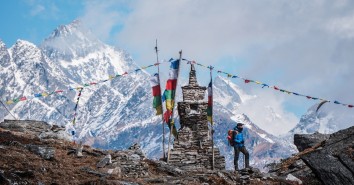
18th Mar, 2025

19th Mar, 2025
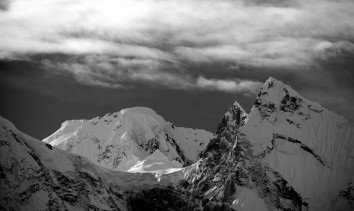
20th Mar, 2025

23rd Mar, 2025
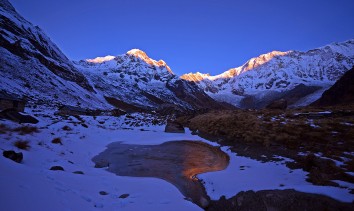
6th Apr, 2025
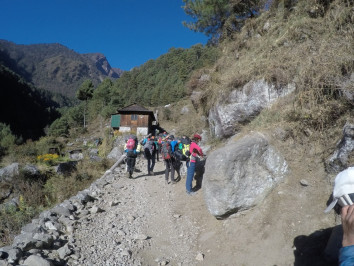
6th Apr, 2025
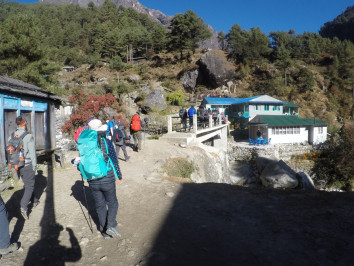
6th Apr, 2025
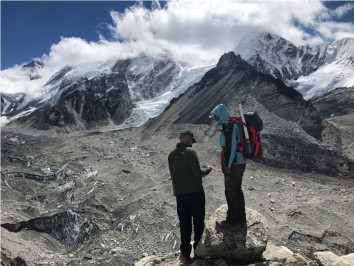
9th Apr, 2025
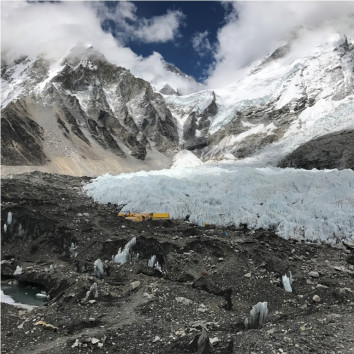
9th Apr, 2025
